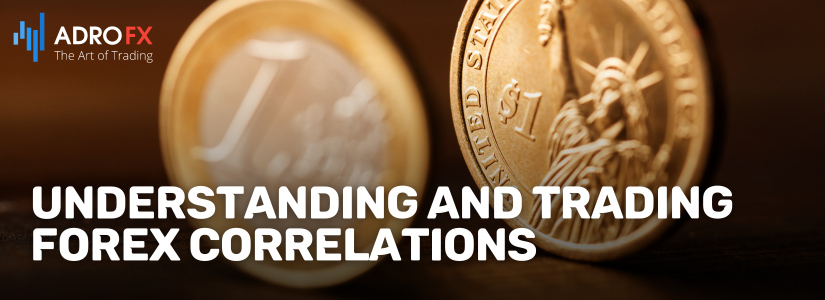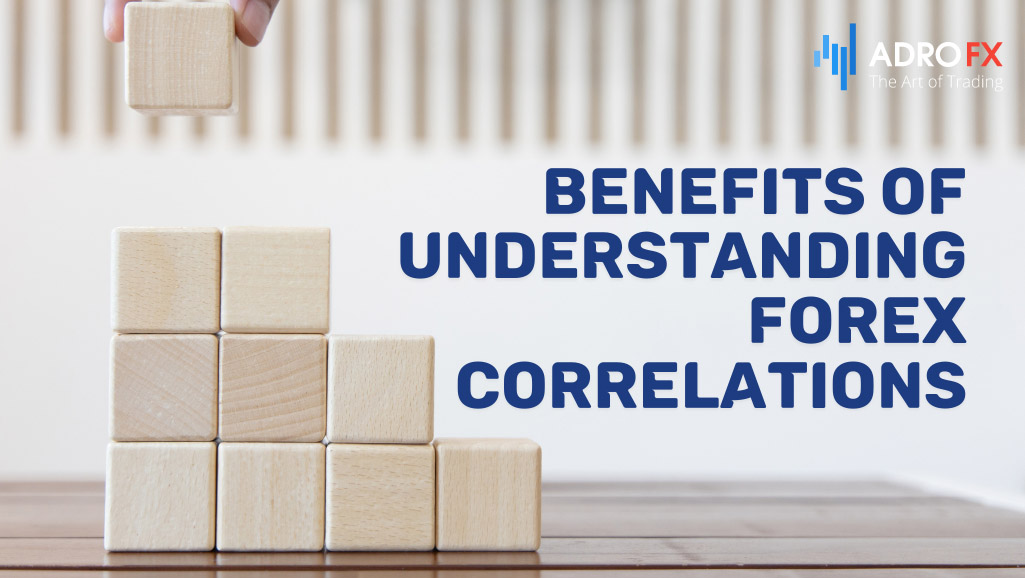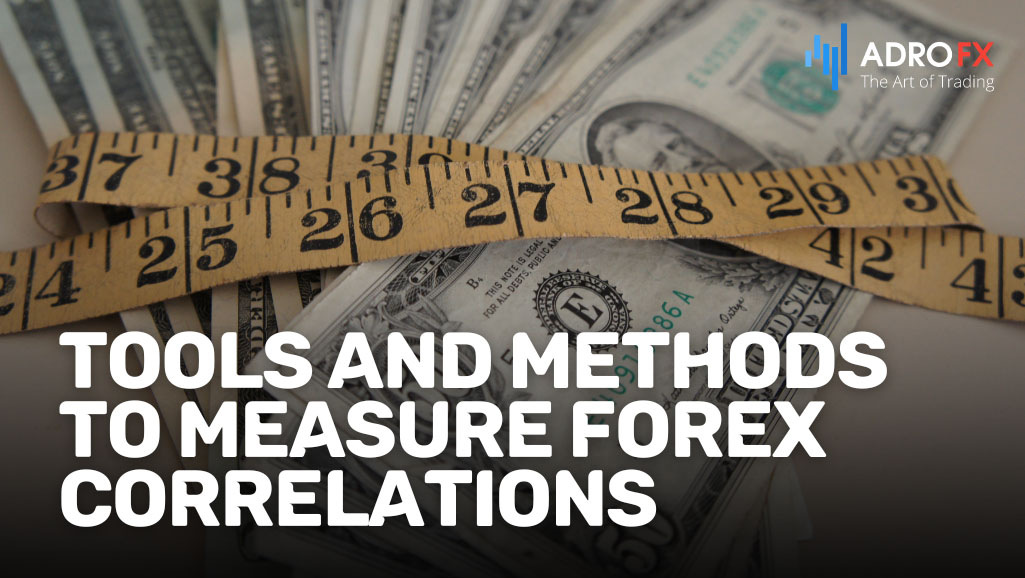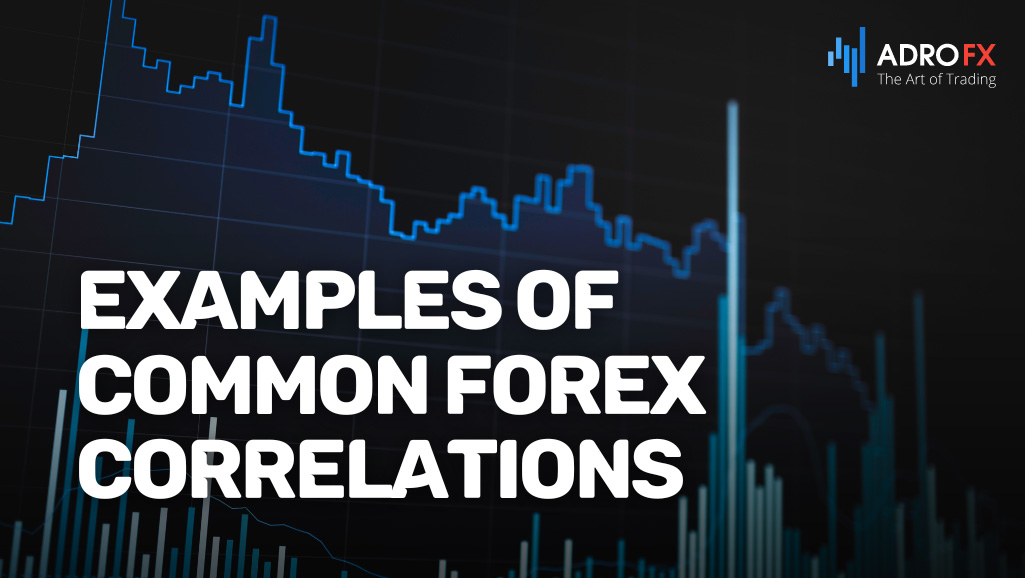Understanding and Trading Forex Correlations

Forex correlations describe the statistical relationships between the price movements of different currency pairs. By grasping these relationships, traders can glean important insights into market behavior, aiding them in making more informed trading decisions. Understanding forex correlations is crucial as they reveal how various currencies interact, offering clues about potential price movements and risk management strategies. This article delves into the concept of forex correlations, their measurement, and their significance in formulating effective trading strategies.
What Are Forex Correlations?
Forex correlations measure how two currency pairs move relative to each other. These correlations can be positive, negative, or zero, each representing different interaction types between the pairs.
- Positive Correlation
This occurs when two currency pairs move in the same direction. For instance, if EUR/USD and GBP/USD exhibit a high positive correlation, a rise in EUR/USD typically coincides with a rise in GBP/USD.
- Negative Correlation
This occurs when two currency pairs move in opposite directions. For example, if USD/JPY and EUR/USD have a strong negative correlation, an increase in USD/JPY is likely to align with a decrease in EUR/USD.
- Zero Correlation
This signifies no consistent relationship between the movements of two currency pairs, meaning their price movements are independent of each other.
These relationships are quantified using correlation coefficients, ranging from -1 to +1. A coefficient of +1 indicates a perfect positive correlation, -1 denotes a perfect negative correlation, and 0 signifies no correlation.

Benefits of Understanding Forex Correlations
- Identifying Trading Opportunities
Recognizing which currency pairs tend to move together or in opposite directions enables traders to predict market movements more accurately, thereby identifying potential trading opportunities. - Diversifying Portfolios
By selecting pairs with low or negative correlations, traders can diversify their portfolios, thereby reducing overall risk. - Managing Risk
Awareness of correlations assists in risk management. For instance, if a trader holds a long position on a pair that has a strong positive correlation with another pair, they might avoid taking a similar position in the correlated pair to prevent overexposure.
In summary, understanding forex correlations is vital for traders aiming to enhance their strategies and improve their risk management. This article will explore how correlations are measured, the factors that influence them, and practical strategies for trading based on these insights.
Factors Influencing Forex Correlations
Forex correlations are dynamic and influenced by various factors, making it essential for traders to understand these influences for effective analysis and strategy development.
Economic indicators significantly impact currency correlations. Metrics such as GDP growth rates, employment figures, and inflation data can cause currencies to move in tandem or opposition. For instance, if two countries release strong economic data simultaneously, their currencies may exhibit a positive correlation. Conversely, if one country's data is strong while the other's is weak, a negative correlation could arise.
Central bank policies and interest rates are also critical drivers of currency movements. Similar monetary policies between two central banks can result in a positive correlation between their currencies. For example, if both the Federal Reserve and the European Central Bank raise interest rates, USD and EUR might move in the same direction. On the other hand, divergent policies often lead to negative correlations.
Political events and geopolitical stability can influence currency correlations. Political stability tends to strengthen a currency, leading to positive correlations with other stable currencies. In contrast, geopolitical tensions or political instability can weaken a currency, affecting its correlation with other currencies.
Market sentiment and risk appetite play a crucial role as well. During periods of high risk appetite, investors may favor riskier currencies, leading to positive correlations among them. In times of market uncertainty, investors might flock to safe-haven currencies, resulting in negative correlations with riskier currencies.

Tools and Methods to Measure Forex Correlations
To effectively measure forex correlations, traders utilize various tools and methods that aid in analyzing and interpreting the relationships between currency pairs.
Correlation matrices are essential tools for visualizing relationships among different pairs. These matrices display the correlation coefficients between multiple currency pairs, helping traders quickly identify which pairs move together or inversely. Each cell in the matrix represents the correlation coefficient between two pairs.
Various software and online tools are available to assist traders in analyzing forex correlations. Platforms like MetaTrader and TradingView offer built-in tools for calculating and displaying correlation coefficients.
Interpreting correlation coefficients, which range from -1 to +1, is crucial. A coefficient of +1 indicates a perfect positive correlation, meaning the pairs move in the same direction. A coefficient of -1 signifies a perfect negative correlation, where the pairs move in opposite directions. A coefficient of 0 indicates no correlation, meaning the pairs move independently.
Understanding and interpreting these coefficients allow traders to develop more informed trading strategies. For instance, a strong positive correlation (+0.8 or higher) suggests that the pairs are likely to move together, while a strong negative correlation (-0.8 or lower) indicates they will move inversely. Coefficients closer to zero suggest a weaker or no significant relationship, enabling traders to diversify their portfolios without overlapping risks.
By using correlation matrices, software tools, and correctly interpreting correlation coefficients, traders can gain valuable insights into currency relationships, helping them manage risk effectively and capitalize on forex market dynamics.
Trading Strategies Based on Forex Correlations
Forex correlations provide traders with valuable insights that can enhance trading strategies and risk management techniques. Here are effective strategies based on these correlations:
Hedging Strategies
Hedging involves using negative correlations to offset potential losses in trades. For instance, if a trader holds a long position in EUR/USD, they might take a short position in USD/CHF. Given the typically negative correlation between these pairs, losses in one position can be mitigated by gains in the other, thereby managing risk and safeguarding capital.
Diversification
Diversifying a trading portfolio using positively correlated pairs can spread risk across multiple positions. For example, a trader might simultaneously invest in both EUR/USD and GBP/USD. Since these pairs often move in the same direction due to their positive correlation, the trader can benefit from similar market movements while reducing exposure to any single currency pair.
Pair Trading
Pair trading involves identifying and exploiting temporary divergences in the movement of correlated currency pairs. For instance, when two positively correlated pairs like EUR/USD and GBP/USD diverge in their price movements, a trader might take a long position on the undervalued pair and a short position on the overvalued pair. As the pairs revert to their historical correlation, the trader can profit from the convergence.

Examples of Common Forex Correlations
Understanding common forex correlations is crucial for developing informed trading strategies and making sound trading decisions. Here are notable examples of correlations in the forex market:
Major Currency Pairs
- EUR/USD and USD/CHF
These pairs often exhibit a strong negative correlation. When EUR/USD rises, USD/CHF typically falls, and vice versa. This inverse relationship is influenced by the US Dollar's role as the counter currency in both pairs.
- GBP/USD and EUR/USD
These pairs generally have a positive correlation due to their economic ties and similar trading behaviors. Movements in one pair often mirror the other.
Commodities and Currencies
- AUD/USD and Gold Prices
The Australian Dollar (AUD) often shows a positive correlation with gold prices due to Australia's status as a major gold producer. Higher gold prices can boost the AUD, allowing traders to predict AUD movements based on trends in gold prices.
- USD/CAD and Oil Prices
The Canadian Dollar (CAD) exhibits a positive correlation with oil prices because Canada is a significant oil exporter. Traders often observe that the USD/CAD pair moves inversely to oil price movements.
Stock Indices and Currencies
- USD/JPY and the Nikkei 225
The Japanese Yen (JPY) frequently displays a negative correlation with the Nikkei 225 stock index. When the Nikkei 225 rises, indicating a stronger Japanese economy, the JPY tends to weaken against the USD. Conversely, a declining Nikkei often strengthens the JPY.
By understanding and leveraging these common forex correlations, traders can develop more robust trading strategies, effectively manage risks, and potentially enhance trading profitability.
Risks and Limitations of Trading Forex Correlations
Trading forex correlations carries several inherent risks and limitations that traders need to be aware of:
- Changing Correlations Over Time
Forex correlations are not fixed and can shift due to evolving economic conditions, market dynamics, or policy changes. A previously strong correlation between currency pairs can weaken, leading to unexpected trading outcomes based on historical data.
- Impact of Unforeseen Events
Sudden geopolitical events, natural disasters, or unexpected economic announcements can disrupt established correlations. These events can cause abrupt market movements that deviate from traditional patterns, resulting in losses for traders relying heavily on correlation strategies.
- Overreliance on Correlations
Solely depending on forex correlations is risky. Traders should incorporate other forms of analysis, such as technical indicators and fundamental analysis, to make well-rounded decisions. Ignoring broader market contexts and individual currency fundamentals can lead to poor trading outcomes.
Practical Tips for Trading Forex Correlations
To effectively utilize forex correlations in trading, consider the following practical tips:
- Regularly Update Correlation Data
Correlation coefficients can change over time. It's essential to regularly update and review correlation data to ensure your trading strategies remain accurate. Monitoring recent market trends and frequently recalculating correlations can help maintain the reliability of your analyses. - Combine Correlation Analysis with Other Analyses
While forex correlations offer valuable insights, they should be used alongside other analytical methods. Technical analysis can identify entry and exit points, while fundamental analysis provides context on economic indicators and central bank policies. Combining these approaches can lead to more informed and robust trading decisions. - Stay Informed About Global Developments
Global events can significantly impact currency correlations. Traders should stay updated on economic reports, political developments, and central bank announcements. Understanding the broader economic landscape allows traders to anticipate changes in correlations and adjust their strategies accordingly.
By recognizing the risks and limitations associated with trading forex correlations and following practical tips for their effective use, traders can enhance their decision-making processes, mitigate risks, and improve their chances of success in the forex market.
Conclusion
Understanding forex correlations is crucial for traders looking to improve their decision-making and risk management strategies. Correlations between currency pairs can offer valuable insights into market movements and help develop more effective trading strategies.
This article covered the definition of forex correlations and explored different types, such as positive, negative, and zero correlations. We examined the factors influencing these correlations, including economic indicators, central bank policies, political events, and market sentiment. Additionally, we discussed tools and methods for measuring correlations, like correlation matrices and online analysis tools, and explained how to interpret correlation coefficients.
We also delved into trading strategies based on forex correlations, including hedging, diversification, and pair trading, with examples of common forex correlations to illustrate practical applications. Furthermore, we addressed the risks and limitations of relying on correlations, emphasizing the need to consider other factors and stay informed about global events. Practical tips for effectively trading based on forex correlations were also offered, such as regularly updating correlation data and combining correlation analysis with other forms of analysis.
In conclusion, understanding and utilizing forex correlations can significantly enhance a trader’s ability to navigate the forex market. By incorporating correlation analysis into their broader trading strategies, traders can improve their risk management, make more informed decisions, and achieve better trading outcomes.
About AdroFx
Established in 2018, AdroFx is known for its high technology and its ability to deliver high-quality brokerage services in more than 200 countries around the world. AdroFx makes every effort to keep its customers satisfied and to meet all the trading needs of any trader. With the five types of trading accounts, we have all it takes to fit any traders` needs and styles. The company provides access to 115+ trading instruments, including currencies, metals, stocks, and cryptocurrencies, which make it possible to make the most out of trading on the financial markets. Considering all the above, AdroFx is the perfect variant for anyone who doesn't settle for less than the best.










